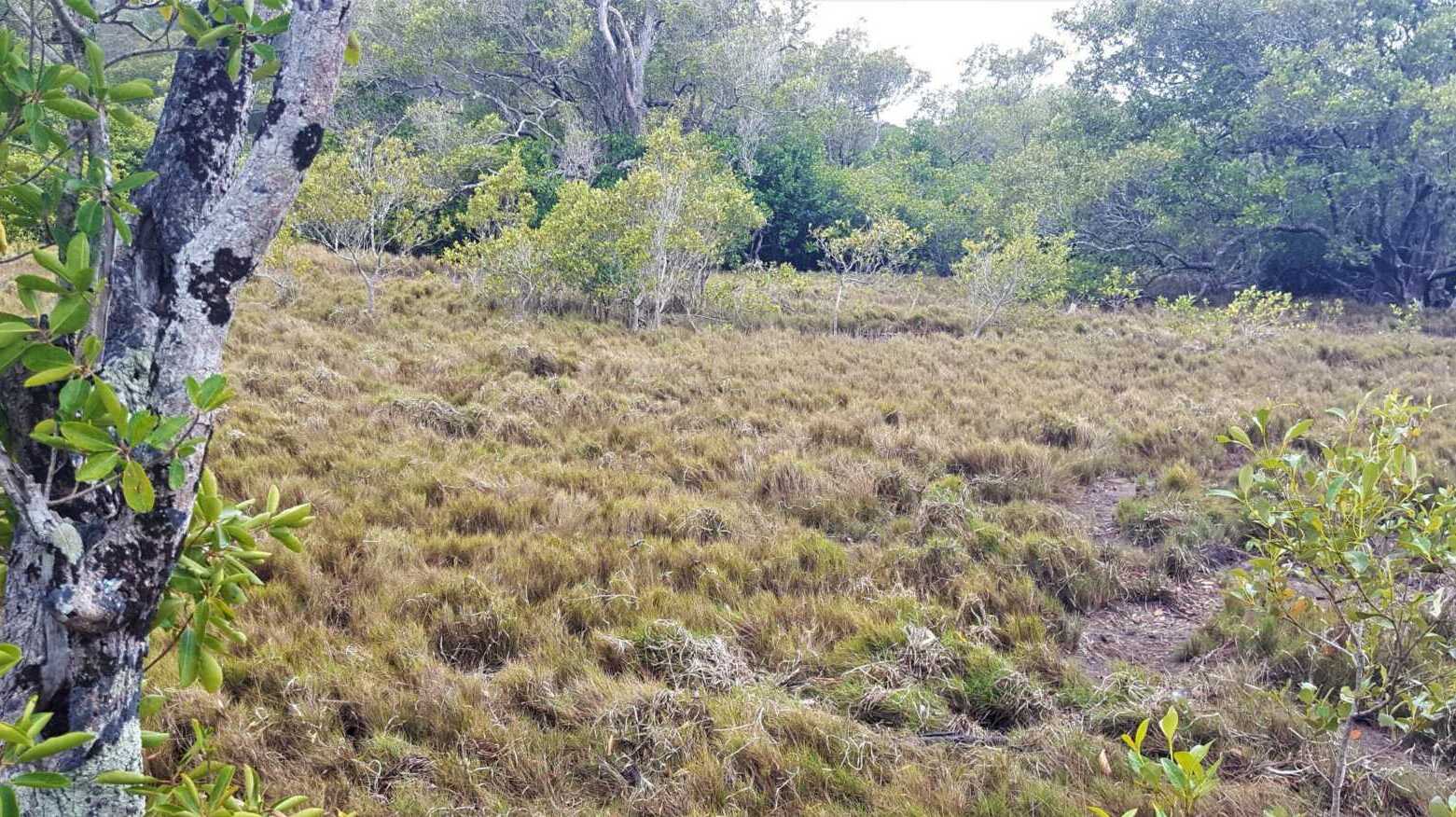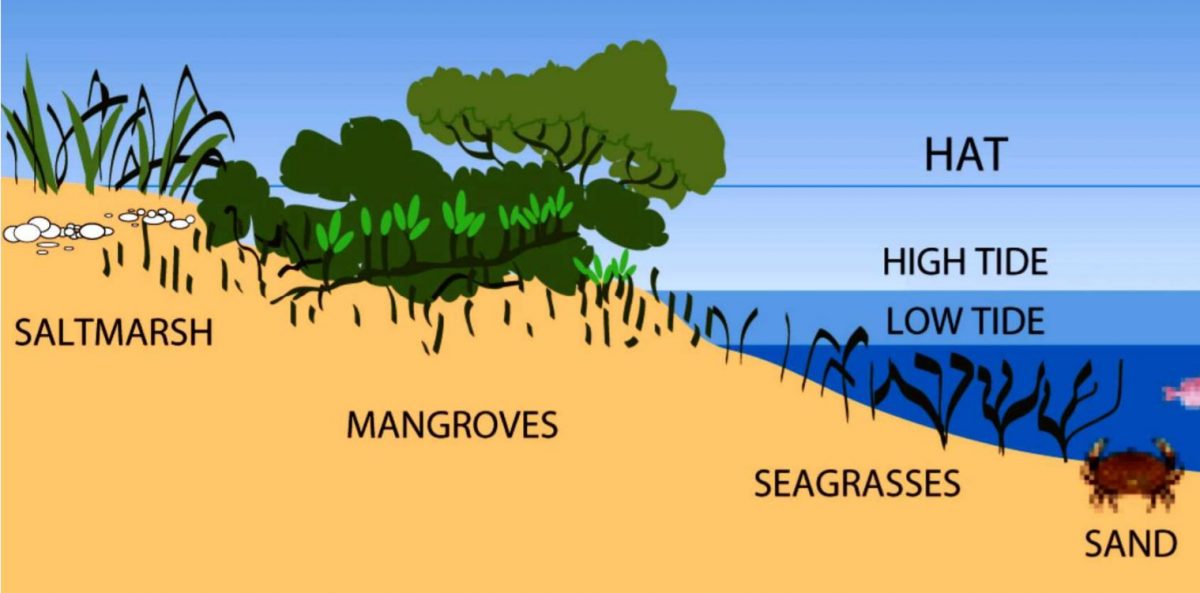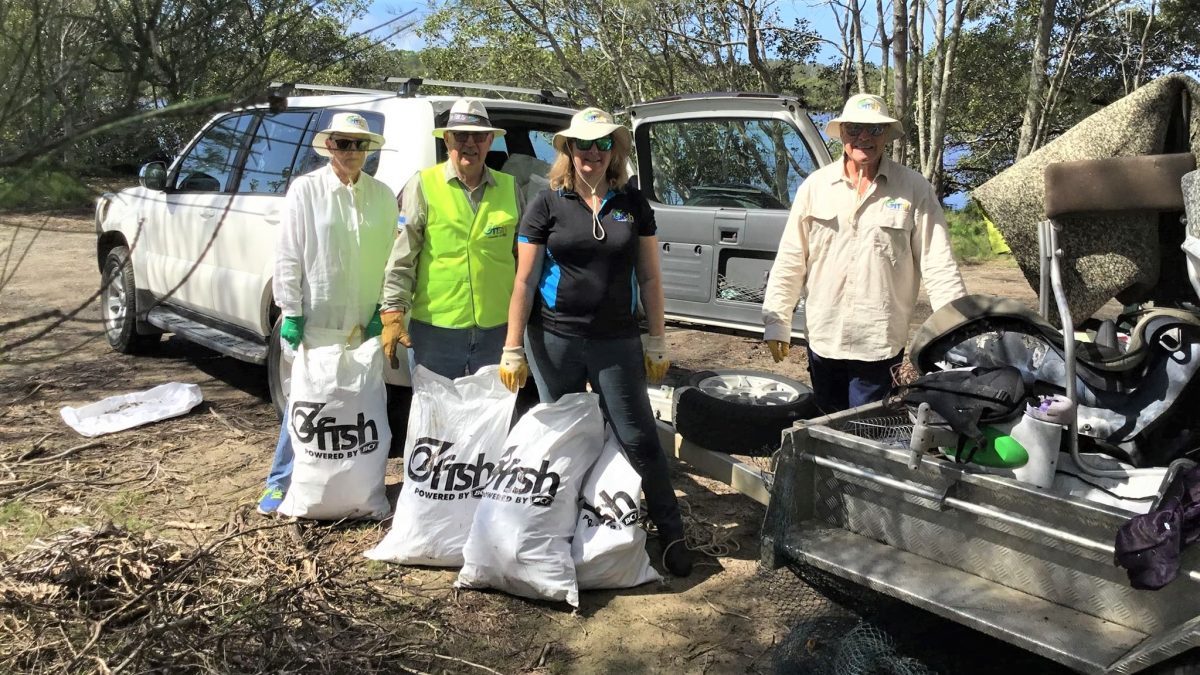Preserving our saltmarshes

As recreational fishers, we can share in the joy of hauling in brilliant runs of bream from intertidal waters, maybe dropping a crab pot along the river’s edge, even some prawning in the bay. So, it is worth having a look at these places as they provide the food many of our fish depend upon.
Saltmarsh generally describes the place where salt-tolerant plants grow together. These places are intermittently covered by saltwater during king tides (referred to as HAT in the diagram below). Saltmarshes were previously considered to be low-value boggy swamps and wastelands of little practical use to us. So, it is no surprise we have seen many of these areas get drained, reclaimed, and consequently degraded by human activities.

But saltmarshes are incredibly useful to you, the recreational angler. Saltmarshes act as a nursery for juvenile fish, especially during king and high tides. In these tides, when the water level rise and give the larger fish predators’ access up the riverbanks, the little juvies use saltmarshes as a temporary refuge. These places are perfect because they are too shallow for their predators and the dense vegetation gives them a safe place to forage and grow. For example, Yellowfin Bream juveniles feed on crabs and prawns while small fish such as Gobies feed on mosquito larvae, all up in the saltmarshes. Crabs and their larvae (zoeae) also occur up in the saltmarshes and are known to be a significant food source for fish while they are inhabiting the saltmarsh.
Even those off-shore reef fish, which we all love a chance to catch, start out as juveniles fish, hiding from bigger fish in the saltmarsh! Studies have shown that over 70% of all recreationally caught fish need saltmarsh as an important part of their life cycle. So thank saltmarsh for your next flathead, snapper, kingfish, jewfish, mangrove jack and so many more.
Saltmarshes also provide fish food, they are like the stock-pots of the estuary, brewing away a mixture of land and estuary nutrients from plants and animals. When the next tide washes into the saltmarsh, it takes that ever-important fish food back with it into the estuary.
Saltmarsh occurs throughout Australia’s coastal region, covering a total area of over 13,500 km2.
If you live within 2km of the beach in Australia, as 90% of our population does, the predicted increases in storm surge intensity and rising sea levels associated with climate change, mean that saltmarshes are becoming ever more important to your community.
Consider this, as water levels rise, plants and fish associated with that water depth will move up the tide lines. If the saltmarsh is the “fringe” between the human environment and the foreshore, that buffer for fish is going to get a lot smaller. You can read more about saltmarshes generally here.

OzFish Richmond Chapter has been busy restoring saltmarshes in the lower Richmond River estuary, the sites occur along at North Creek, Fishery Creek and South Ballina. Utilising funds from Save our Saltmarsh, Ballina Shire Council and BCF, in partnership with Jali LALC & Ballina Shire Council, the Chapter have set out to:
- Reduce access points using fencing, gates, and bollards
- Remove rubbish
- Monitor waste deposition (including common types of rubbish)
- Track, monitor and control feral animal damage
- Control weeds and use vegetative buffers to protect and reconnect Threatened Ecological Communities (TECs).
- Significantly improve community awareness of the value of saltmarsh
Join the OzFish Richmond Chapter or any of our 35 OzFish Chapters to help your local saltmarsh. If you have another saltmarsh in mind that could use a helping hand, join us now.

